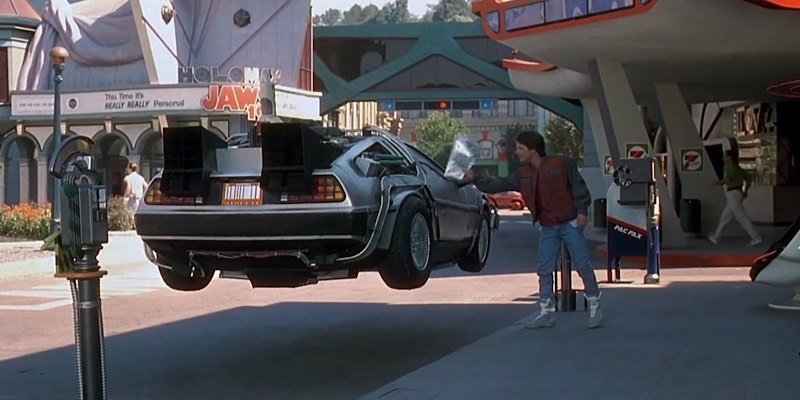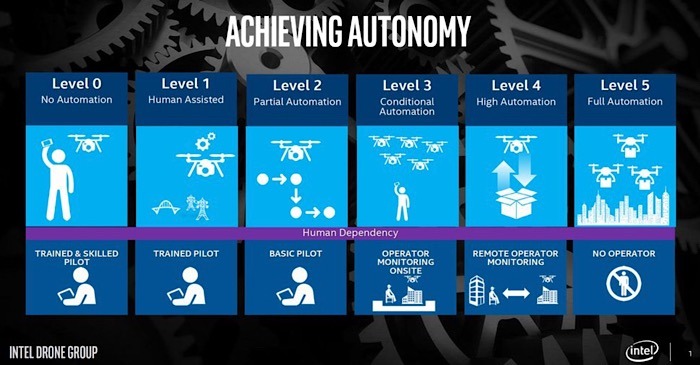
We’ve had media for the past several decades to tell us what the future will be like, and many times that hypothetical view includes flying cars, such as in the “Back to the Future” trilogy and “The Jetsons.”
Media aren’t the only ones that believe that, though, as Anil Nanduri, the general manager of Intel’s drone group, happens to agree, and he believes we could see it in just five years. He sat for an interview with CNET, and they got his thoughts on this potential technology.
Nanduri Thoughts on Flying Cars
Nanduri isn’t alone in this thinking, as other companies agree with him, including Uber and Ehang, who would both like to see air taxis as soon as 2023. But the CEO of Tesla and SpaceX, Elon Musk, thinks cars in underground tunnels would work out better.
The one in charge of the the Intel drone division, though, has that real-world experience, as he put on a Super bowl display this year coordinating 2,000 drones and thinks we’ll be flying cars in the near future.
“There will definitely be flights with flying cars in five years,” he told CNET. “At scale? Probably not. But definitely you’ll see them starting to be up in the sky. The most amazing thing about autonomous air traffic is that airspace solves the three-dimensional challenge that the ground traffic is faced with.”
This puts him in direct opposition to Musk who thinks underground tunnels are the way to solve that traffic problem. Yet still, Nanduri doesn’t think it will fix things in five years, because the technology will just be starting out. He doesn’t agree with Ehang and Uber either, as he believes we won’t start to see air taxis for about 10 years.
Economically, he knows such a system works, and he knows with regards to traffic congestion, people “want everything delivered.” He figures once the regulations are configured, “You’ll see it rapidly roll out.”

Nanduri believes the recent incident at the Gatwick Airport of a drone shutting down air traffic is a good example of why we need to “acknowledge it, embrace it,” with regards to the future of air traffic.
He realizes people may not be comfortable with the thought of flying cars, but he thinks the benefits far override the hurdles once you look at the traffic congestion in Bangalore and Beijing that have been reduced to basically parking lots.
Just as autonomous cars are first being put into play making deliveries, Nanduri thinks “cargo drones moving supplies and equipment … will drive a lot of the innovation.”
That same innovation will be extending flight time, as currently small camera drones only give you around 30 minutes of flight time. He also believes the noise factor will be taken care of in the same way. “There’s research gong on as to how I can make them more human-friendly,” as “these things become carriers to adoption.”
Nanduri believes the system will be smart, such as knowing if a pet is in the backyard and that the flying car shouldn’t land,but he also sees a mat with a QR code on it for navigating to our homes. “The takeoff and landing elements and the safety around that are still things we’re learning,” adds Nanduri
Is There a Future for Flying Cars
“At the end of the day,” says Nanduri, “the social acceptance comes down to value.”
Do you see it this way as well? Do you think if you saw value in flying cars you would be more accepting? If they solved your traffic congestion problem would you sign on more quickly? Add your thoughts to the comments.
Image Credit: Intel via CNET and YouTube







